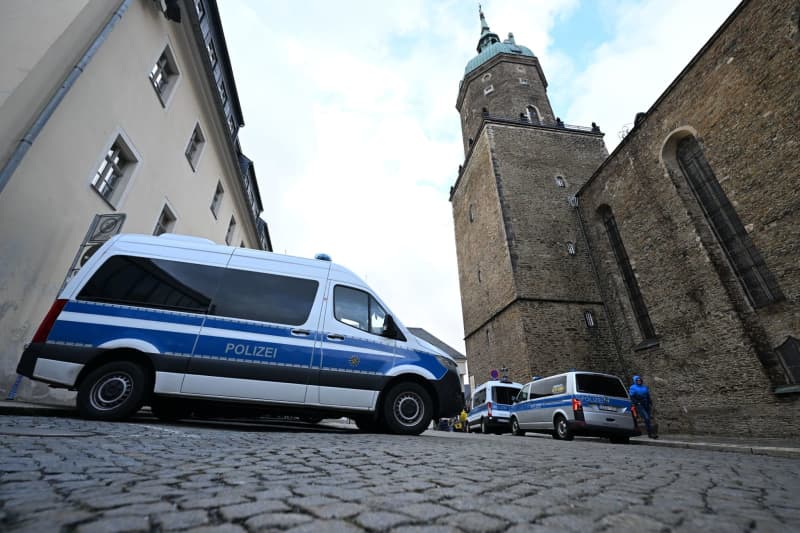On a tragic day in Magdeburg, Germany, a Christmas market became the scene of a horrific car-ramming attack that left five individuals dead and over 235 injured. The alleged perpetrator, identified only as Taleb A under German privacy laws, is a Saudi national who had recently come to the attention of law enforcement. Authorities revealed that they had engaged with him just a few weeks prior to the attack, raising serious concerns about whether adequate measures were taken to prevent the incident. The implications of these interactions have now put the spotlight on the effectiveness of the police’s preventive actions and the handling of potential threats within the community.
Tamara Zieschang, the interior minister for Saxony-Anhalt, disclosed that the police had met with Taleb A twice, once in September 2023 and again in October 2024. The initial meeting took place at a police station in the Salzlandkreis area, while the subsequent discussion occurred at his workplace. Zieschang did not elaborate on the specific issues that prompted these meetings, leaving many to speculate on whether the warnings given were comprehensive enough to address the threat he posed. The local parliament will be privy to further context regarding these meetings, but the lack of information has fueled public concern about the decision-making processes regarding public safety.
As investigations continue into the motives behind the attack, authorities are faced with the grim task of piecing together the suspect’s background and potential indicators of violent behavior. The failure to prevent the attack despite prior contacts raises alarming questions about the operational protocols in place for monitoring individuals flagged as potentially dangerous. Warning signs that may have been overlooked could point to a broader systemic issue within law enforcement agencies regarding the assessment of threats and their subsequent response to them.
The attack at the Christmas market not only shocked the local community but also drew nationwide attention as larger discussions emerged about security measures during public events in Germany. In light of the tragedy, the government has been urged to reevaluate its approach to safeguarding gatherings, especially ones attracting large crowds during the holiday season. Policymakers are now under pressure to ensure that similar incidents do not occur in the future through improved identification and management of potential risks associated with individuals previously in contact with law enforcement.
In an expression of solidarity and remembrance for the victims of the attack, the city held a large final mountain parade that featured over 1,100 participants. This included traditional musicians and costumed performers who aimed to foster a sense of community resilience in the face of adversity. A moment of silence was observed, punctuated by the ringing of the bells at St. Anne’s Church, as attendees collectively mourned the loss of life and injuries incurred in the attack. Such communal responses are vital in times of tragedy, helping to restore a sense of normalcy and unity among the residents of Magdeburg.
As the investigation unfolds, it remains critical for authorities to address not just the immediate consequences of the attack but also the systemic failings that allowed it to occur. The case of Taleb A serves as a stark reminder of the importance of effective communication and intervention strategies by law enforcement. It highlights the need for a multi-faceted approach to public safety that prioritizes both prevention and response to threats, ensuring that the lives of citizens are protected in all public spaces, especially during significant cultural events like Christmas markets.

